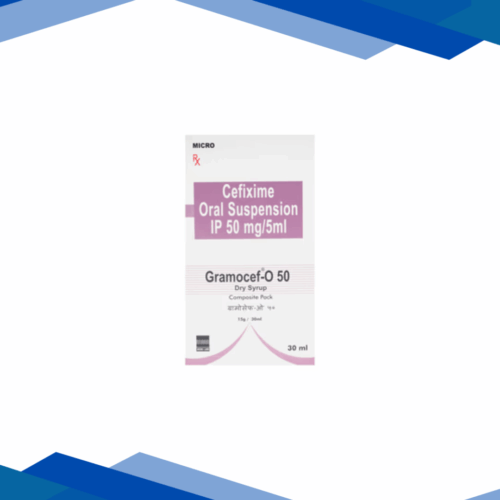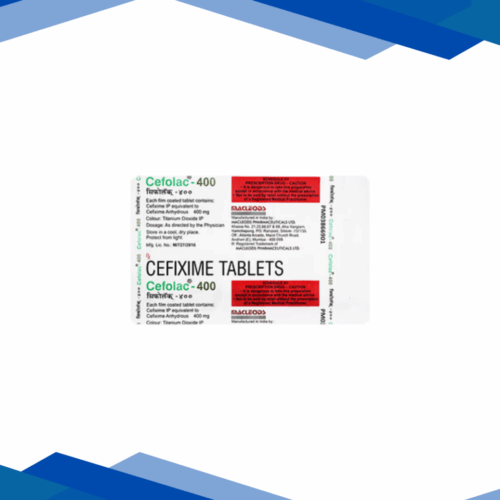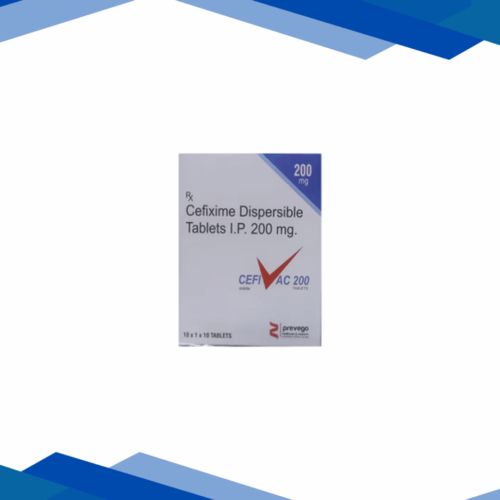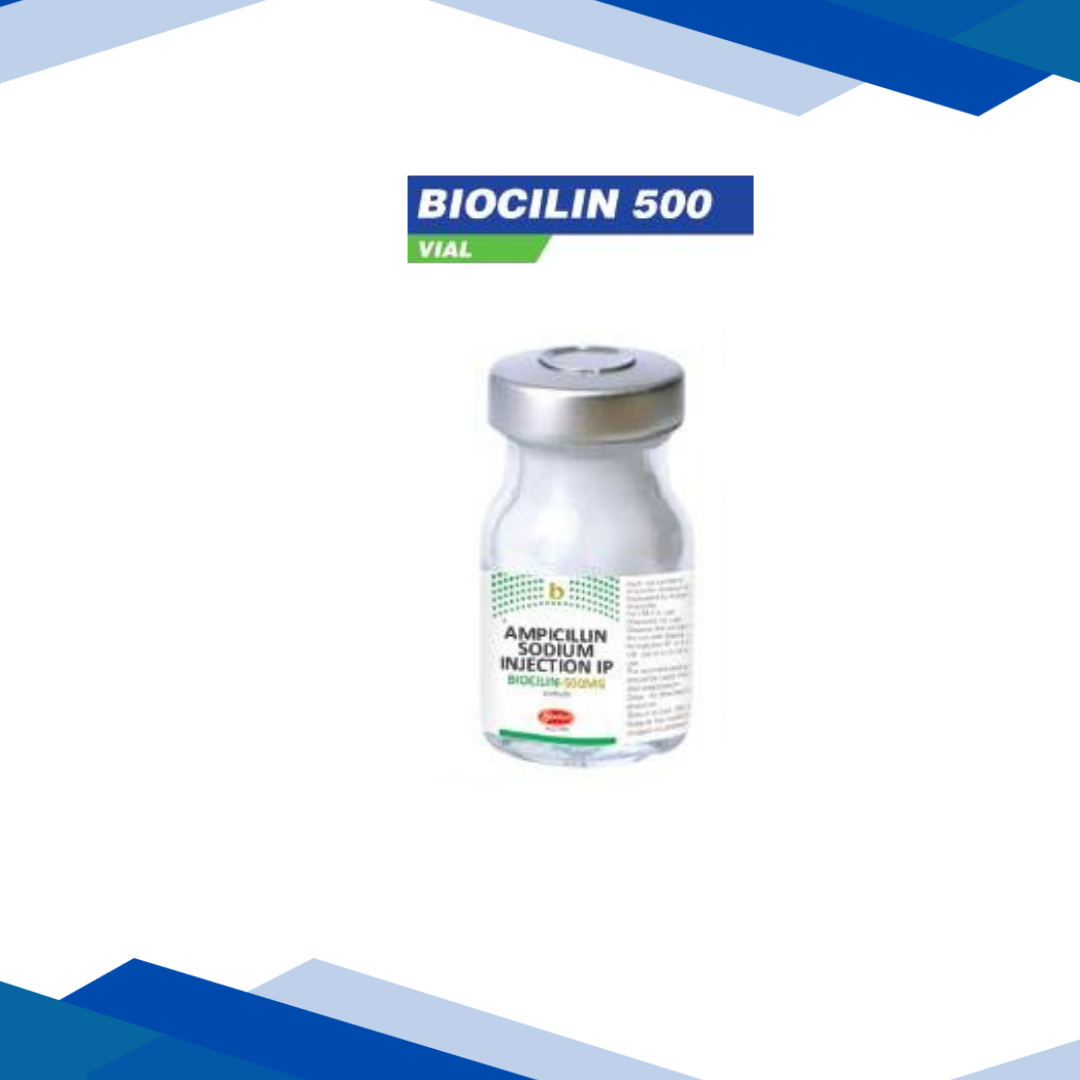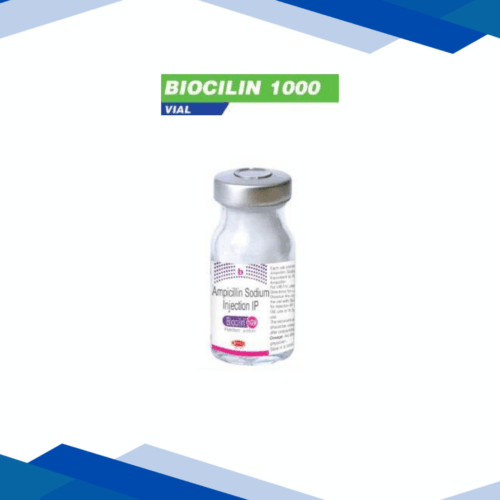Ampicillin Sodium
AMPICILLIN SODIUM
Overview:
Ampicillin sodium is a strong antibiotic used to treat a variety of bacterial infections. It’s often given by injection in hospitals, especially for more serious or deep infections like those in the lungs, urinary tract, stomach, blood, or brain (such as meningitis).
It belongs to the penicillin family of antibiotics and works by stopping bacteria from building their protective cell walls, which leads to the bacteria being destroyed.
This medicine is usually used when fast or powerful treatment is needed, and it’s important to take the full course as prescribed—even if symptoms improve early.
Classification: Broad-spectrum antibiotic
Uses:
It’s used to treat a wide range of bacterial infections, such as:
Respiratory tract infections (like bronchitis or pneumonia)
Urinary tract infections (UTIs)
Ear, nose, and throat infections
Stomach or intestinal infections
Blood infections (sepsis)
Meningitis and other serious conditions caused by bacteria
How It Works:
Ampicillin sodium destroys harmful bacteria by stopping them from building their protective cell walls. Without these walls, bacteria can’t survive or multiply, so the infection clears up.
Dosage: As prescribed by your doctor.
Side effects:
Like many antibiotics, it can cause:
Nausea or vomiting
Diarrhea
Skin rash or itching
Allergic reactions, which can sometimes be serious (like swelling or trouble breathing)
Changes in gut bacteria that may lead to secondary infections, such as oral or vaginal thrush
Precautions:
Avoid if you’re allergic to penicillin or similar antibiotics
Let your doctor know if you have kidney issues, asthma, or a history of allergies
May affect certain lab test results – tell the lab if you’re taking it
Complete the full course, even if you feel better early
Use during pregnancy or breastfeeding only if clearly advised by a doctor
Disclaimer:
This content is for informational purposes only. Always consult a healthcare provider for medical advice and proper dosage



